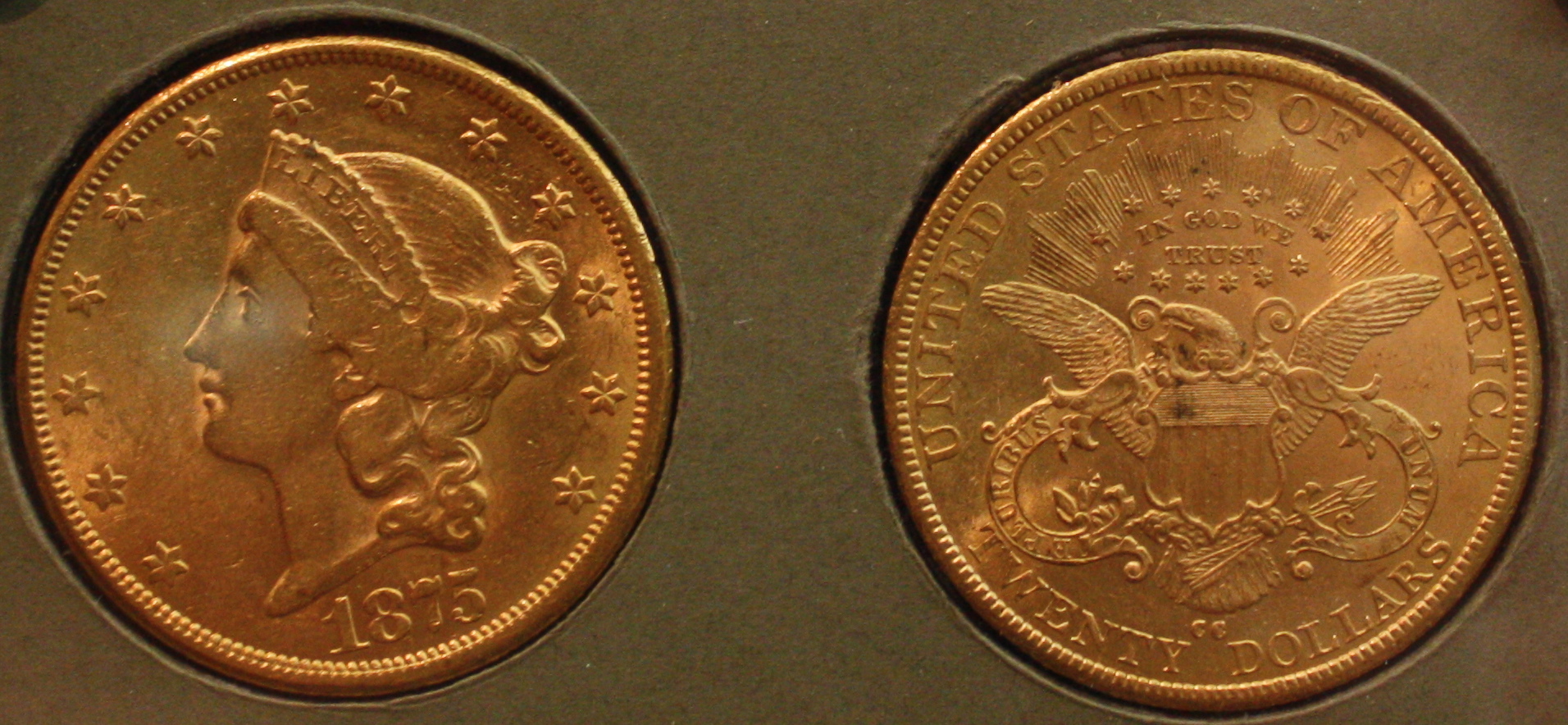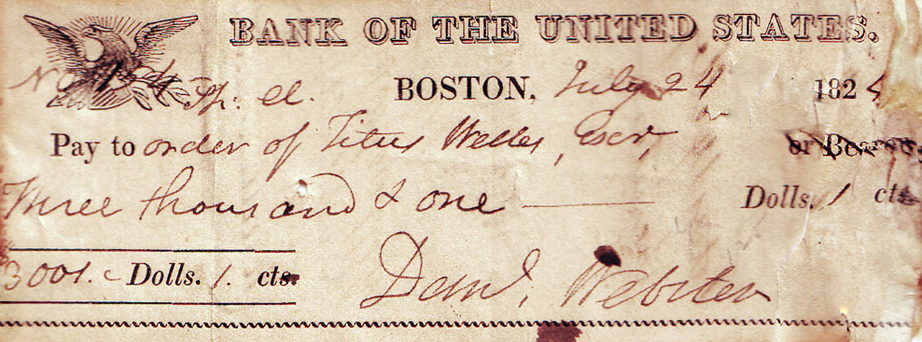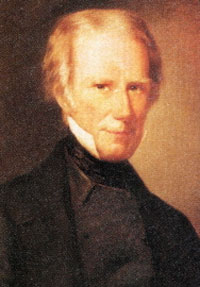|
Presidency Of Andrew Jackson
The presidency of Andrew Jackson began on March 4, 1829, when Andrew Jackson was inaugurated as President of the United States, and ended on March 4, 1837. Jackson, the seventh United States president, took office after defeating incumbent President John Quincy Adams in the bitterly contested 1828 presidential election. During the 1828 presidential campaign, Jackson founded the political force that coalesced into the Democratic Party during Jackson's presidency. Jackson won re-election in 1832, defeating National Republican candidate Henry Clay by a wide margin. He was succeeded by his hand-picked successor, Vice President Martin Van Buren, after Van Buren won the 1836 presidential election. Jackson's presidency saw several important developments in domestic policy. A strong supporter of the removal of Native American tribes from U.S. territory east of the Mississippi River, Jackson began the process of forced relocation known as the "Trail of Tears." He instituted the spoil ... [...More Info...] [...Related Items...] OR: [Wikipedia] [Google] [Baidu] |
Administration And Cabinet
Administration may refer to: Management of organizations * Management, the act of directing people towards accomplishing a goal ** Administrative assistant, Administrative Assistant, traditionally known as a Secretary, or also known as an administrative officer, administrative support specialist, or management assistant is a person whose work consists of supporting management, including executives, using a variety of project management, communication, or organizational skills, while in some cases, in addition, may require specialized knowledge acquired through higher education. ** Administration (government), management in or of government *** Administrative division ** Academic administration, a branch of an academic institution responsible for the maintenance and supervision of the institution ** Arts administration, a field that concerns business operations around an art organization ** Business administration, the performance or management of business operations *** Bachelor ... [...More Info...] [...Related Items...] OR: [Wikipedia] [Google] [Baidu] |
Martin Van Buren
Martin Van Buren ( ; nl, Maarten van Buren; ; December 5, 1782 – July 24, 1862) was an American lawyer and statesman who served as the eighth president of the United States from 1837 to 1841. A primary founder of the Democratic Party (United States), Democratic Party, he served as New York (state), New York's Attorney General of New York, attorney general, U.S. Senator, U.S. senator, then briefly as the ninth governor of New York before joining Andrew Jackson's administration as the tenth United States secretary of state, minister to the United Kingdom, and ultimately the eighth vice president of the United States when 1832 Democratic National Convention, named Jackson's running mate for the 1832 United States presidential election, 1832 election. Van Buren won the presidency in 1836 United States presidential election, 1836, lost re-election in 1840, and failed to win the Democratic nomination in 1844. Later in his life, Van Buren emerged as an Politician, elder statesman ... [...More Info...] [...Related Items...] OR: [Wikipedia] [Google] [Baidu] |
Republic Of Texas
The Republic of Texas ( es, República de Tejas) was a sovereign state in North America that existed from March 2, 1836, to February 19, 1846, that bordered Mexico, the Republic of the Rio Grande in 1840 (another breakaway republic from Mexico), and the United States of America, although Mexico considered it a rebellious province during its entire existence despite the Treaties of Velasco of May 1836. It was bordered by Mexico to the west and southwest, the Gulf of Mexico to the southeast, the two U.S. states of Louisiana and Arkansas to the east and northeast, and Territories of the United States, United States territories encompassing parts of the current U.S. states of Oklahoma, Kansas, Colorado, Wyoming, and New Mexico to the north and west. The Anglo residents of the area and of the republic became known as Texians. The region of the Mexican state of Coahuila y Tejas, now commonly referred to as Mexican Texas, declared its independence from Mexico during the Texas Revo ... [...More Info...] [...Related Items...] OR: [Wikipedia] [Google] [Baidu] |
Panic Of 1837
The Panic of 1837 was a financial crisis in the United States that touched off a major depression, which lasted until the mid-1840s. Profits, prices, and wages went down, westward expansion was stalled, unemployment went up, and pessimism abounded. The panic had both domestic and foreign origins. Speculative lending practices in the West, a sharp decline in cotton prices, a collapsing land bubble, international specie flows, and restrictive lending policies in Britain were all factors. The lack of a central bank to regulate fiscal matters, which President Andrew Jackson had ensured by not extending the charter of the Second Bank of the United States, was also key. This ailing economy of early 1837 led investors to panic – a bank run ensued – giving the crisis its name. The run came to a head on May 10, 1837, when banks in New York City ran out of gold and silver. They suspended specie payments and would no longer redeem commercial paper in specie at full face value. A signi ... [...More Info...] [...Related Items...] OR: [Wikipedia] [Google] [Baidu] |
Hard Money (policy)
Hard money policies support a specie standard, usually gold or silver, typically implemented with representative money. In 1836, when President Andrew Jackson's veto of the recharter of the Second Bank of the United States took effect, he issued the Specie Circular, an executive order that all public lands had to be purchased with hard money. Bentonian currency In the US, hard money is sometimes referred to as Bentonian, after Senator Thomas Hart Benton, who was an advocate for the hard money policies of Andrew Jackson. In Benton's view, fiat currency favored rich urban Easterners at the expense of the small farmers and tradespeople of the West. He proposed a law requiring payment for federal land in hard currency only, which was defeated in Congress but later enshrined in an executive order, the Specie Circular. See also * Gold standard * Silver standard * Bimetallic standard * Bullion coin * Digital gold currency * Fractional reserve banking * Free banking * Hard money (d ... [...More Info...] [...Related Items...] OR: [Wikipedia] [Google] [Baidu] |
Bank War
The Bank War was a political struggle that developed over the issue of rechartering the Second Bank of the United States (B.U.S.) during the Presidency of Andrew Jackson, presidency of Andrew Jackson (1829–1837). The affair resulted in the shutdown of the Bank and its replacement by state banks. The Second Bank of the United States was established as a private organization with a 20-year charter, having the exclusive right to conduct banking on a national scale. The goal behind the B.U.S. was to stabilize the American economy by establishing a uniform currency and strengthening the federal government. Supporters of the Bank regarded it as a stabilizing force in the economy due to its ability to smooth out variations in prices and trade, extend credit, supply the nation with a sound and uniform currency, provide fiscal services for the treasury department, facilitate long-distance trade, and prevent inflation by regulating the lending practices of state banks. Jacksonian democra ... [...More Info...] [...Related Items...] OR: [Wikipedia] [Google] [Baidu] |
Second Bank Of The United States
The Second Bank of the United States was the second federally authorized Hamiltonian national bank in the United States. Located in Philadelphia, Pennsylvania, the bank was chartered from February 1816 to January 1836.. The Bank's formal name, according to section 9 of its charter as passed by Congress, was "The President Directors and Company of the Bank of the United States". While other banks in the US were chartered by and only allowed to have branches in a single state, it was authorized to have branches in multiple states and lend money to the US government. A private corporation with public duties, the Bank handled all fiscal transactions for the U.S. Government, and was accountable to Congress and the U.S. Treasury. Twenty percent of its capital was owned by the federal government, the Bank's single largest stockholder.. Four thousand private investors held 80 percent of the Bank's capital, including three thousand Europeans. The bulk of the stocks were held by a few hundr ... [...More Info...] [...Related Items...] OR: [Wikipedia] [Google] [Baidu] |
Tariff Of 1833
The Tariff of 1833 (also known as the Compromise Tariff of 1833, ch. 55, ), enacted on March 2, 1833, was proposed by Henry Clay and John C. Calhoun as a resolution to the Nullification Crisis. Enacted under Andrew Jackson's presidency, it was adopted to gradually reduce the rates following Southerners' objections to the protectionism found in the Tariff of 1832 and the 1828 Tariff of Abominations; the tariffs had prompted South Carolina to threaten secession from the Union. This Act stipulated that import taxes would gradually be cut over the next decade until, by 1842, they matched the levels set in the Tariff of 1816—an average of 20%. The compromise reductions lasted only two months into their final stage before protectionism was reinstated by the Black Tariff of 1842. Background The Tariff of 1828 The Tariff of 1828, enacted on May 19, 1828, was a protective tariff passed by the U.S. Congress. It was the highest tariff in U.S. peacetime history up to that point, enacti ... [...More Info...] [...Related Items...] OR: [Wikipedia] [Google] [Baidu] |
Spoils System
In politics and government, a spoils system (also known as a patronage system) is a practice in which a political party, after winning an election, gives government jobs to its supporters, friends (cronyism), and relatives (nepotism) as a reward for working toward victory, and as an incentive to keep working for the party—as opposed to a merit system, where offices are awarded on the basis of some measure of merit, independent of political activity. The term was used particularly in politics of the United States, where the federal government operated on a spoils system until the Pendleton Act was passed in 1883 due to a civil service reform movement. Thereafter the spoils system was largely replaced by nonpartisan merit at the federal level of the United States. The term was derived from the phrase "to the victor belong the spoils" by New York Senator William L. Marcy, referring to the victory of Andrew Jackson in the election of 1828, with the term spoils meaning goods or ... [...More Info...] [...Related Items...] OR: [Wikipedia] [Google] [Baidu] |
Trail Of Tears
The Trail of Tears was an ethnic cleansing and forced displacement of approximately 60,000 people of the "Five Civilized Tribes" between 1830 and 1850 by the United States government. As part of the Indian removal, members of the Cherokee, Muscogee (Creek), Seminole, Chickasaw, and Choctaw nations were forcibly removed from their ancestral homelands in the Southeastern United States to newly designated Indian Territory west of the Mississippi River after the passage of the Indian Removal Act in 1830. The Cherokee removal in 1838 (the last forced removal east of the Mississippi) was brought on by the discovery of gold near Dahlonega, Georgia, in 1828, resulting in the Georgia Gold Rush. The relocated peoples suffered from exposure, disease, and starvation while en route to their newly designated Indian reserve. Thousands died from disease before reaching their destinations or shortly after. Some historians have said that the event constituted a genocide, although this label ... [...More Info...] [...Related Items...] OR: [Wikipedia] [Google] [Baidu] |
Mississippi River
The Mississippi River is the second-longest river and chief river of the second-largest drainage system in North America, second only to the Hudson Bay drainage system. From its traditional source of Lake Itasca in northern Minnesota, it flows generally south for to the Mississippi River Delta in the Gulf of Mexico. With its many tributaries, the Mississippi's watershed drains all or parts of 32 U.S. states and two Canadian provinces between the Rocky and Appalachian mountains. The main stem is entirely within the United States; the total drainage basin is , of which only about one percent is in Canada. The Mississippi ranks as the thirteenth-largest river by discharge in the world. The river either borders or passes through the states of Minnesota, Wisconsin, Iowa, Illinois, Missouri, Kentucky, Tennessee, Arkansas, Mississippi, and Louisiana. Native Americans have lived along the Mississippi River and its tributaries for thousands of years. Most were hunter-ga ... [...More Info...] [...Related Items...] OR: [Wikipedia] [Google] [Baidu] |







